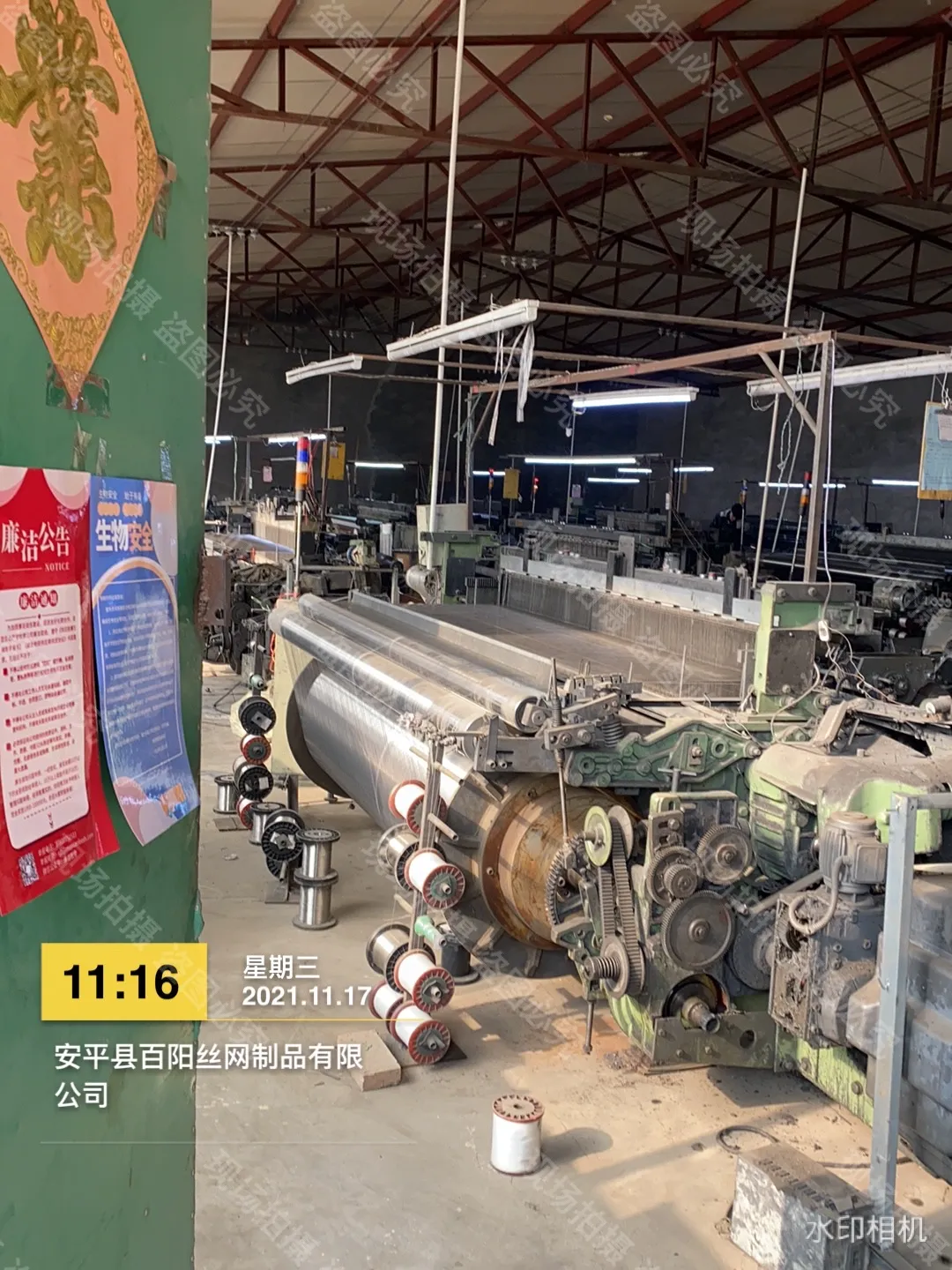-
 Afrikaans
Afrikaans -
 Albanian
Albanian -
 Amharic
Amharic -
 Arabic
Arabic -
 Armenian
Armenian -
 Azerbaijani
Azerbaijani -
 Basque
Basque -
 Belarusian
Belarusian -
 Bengali
Bengali -
 Bosnian
Bosnian -
 Bulgarian
Bulgarian -
 Catalan
Catalan -
 Cebuano
Cebuano -
 China
China -
 Corsican
Corsican -
 Croatian
Croatian -
 Czech
Czech -
 Danish
Danish -
 Dutch
Dutch -
 English
English -
 Esperanto
Esperanto -
 Estonian
Estonian -
 Finnish
Finnish -
 French
French -
 Frisian
Frisian -
 Galician
Galician -
 Georgian
Georgian -
 German
German -
 Greek
Greek -
 Gujarati
Gujarati -
 Haitian Creole
Haitian Creole -
 hausa
hausa -
 hawaiian
hawaiian -
 Hebrew
Hebrew -
 Hindi
Hindi -
 Miao
Miao -
 Hungarian
Hungarian -
 Icelandic
Icelandic -
 igbo
igbo -
 Indonesian
Indonesian -
 irish
irish -
 Italian
Italian -
 Japanese
Japanese -
 Javanese
Javanese -
 Kannada
Kannada -
 kazakh
kazakh -
 Khmer
Khmer -
 Rwandese
Rwandese -
 Korean
Korean -
 Kurdish
Kurdish -
 Kyrgyz
Kyrgyz -
 Lao
Lao -
 Latin
Latin -
 Latvian
Latvian -
 Lithuanian
Lithuanian -
 Luxembourgish
Luxembourgish -
 Macedonian
Macedonian -
 Malgashi
Malgashi -
 Malay
Malay -
 Malayalam
Malayalam -
 Maltese
Maltese -
 Maori
Maori -
 Marathi
Marathi -
 Mongolian
Mongolian -
 Myanmar
Myanmar -
 Nepali
Nepali -
 Norwegian
Norwegian -
 Norwegian
Norwegian -
 Occitan
Occitan -
 Pashto
Pashto -
 Persian
Persian -
 Polish
Polish -
 Portuguese
Portuguese -
 Punjabi
Punjabi -
 Romanian
Romanian -
 Russian
Russian -
 Samoan
Samoan -
 Scottish Gaelic
Scottish Gaelic -
 Serbian
Serbian -
 Sesotho
Sesotho -
 Shona
Shona -
 Sindhi
Sindhi -
 Sinhala
Sinhala -
 Slovak
Slovak -
 Slovenian
Slovenian -
 Somali
Somali -
 Spanish
Spanish -
 Sundanese
Sundanese -
 Swahili
Swahili -
 Swedish
Swedish -
 Tagalog
Tagalog -
 Tajik
Tajik -
 Tamil
Tamil -
 Tatar
Tatar -
 Telugu
Telugu -
 Thai
Thai -
 Turkish
Turkish -
 Turkmen
Turkmen -
 Ukrainian
Ukrainian -
 Urdu
Urdu -
 Uighur
Uighur -
 Uzbek
Uzbek -
 Vietnamese
Vietnamese -
 Welsh
Welsh -
 Bantu
Bantu -
 Yiddish
Yiddish -
 Yoruba
Yoruba -
 Zulu
Zulu
Exploring Agricultural Innovations and Network Solutions for Sustainable Farming Practices
The Importance of Agri-Nets in Modern Agriculture
In the realm of agriculture, technology has revolutionized farming practices, optimizing productivity while minimizing environmental impacts. One of the most innovative advancements in this field is the introduction of agri-nets. Agri-nets are specialized nets designed to provide protection and support to crops, enhancing their growth potential and safeguarding them from various external threats. This article delves into the significance of agri-nets, their applications, and the benefits they bring to modern agriculture.
The Importance of Agri-Nets in Modern Agriculture
One of the key advantages of using agri-nets is the enhancement of crop yields. Studies have shown that crops grown under protective nets often experience improved growth rates and higher productivity. This is largely attributed to the controlled microclimate created by the nets, which can shield crops from extreme temperatures and regulate humidity levels. For instance, in hot climates, shade nets can reduce temperature fluctuations, protecting sensitive plants from heat stress. This enables farmers to maximize their output, leading to increased profit margins.
agri nets

Agri-nets also play a crucial role in the movement towards sustainable agriculture. As the global demand for food rises, it is imperative to adopt farming practices that minimize resource use while maintaining productivity. The use of agri-nets can lead to less reliance on chemical pesticides and herbicides, promoting organic farming practices. Additionally, by protecting crops from weather extremes, agri-nets contribute to water conservation. Farmers can reduce irrigation needs, as the nets help retain soil moisture and prevent evaporation. This sustainable approach not only benefits farmers economically but also contributes to the overall health of the ecosystem.
Another significant aspect of agri-nets is their adaptability to various agricultural practices. They can be used in diverse settings, from traditional farming to high-tech greenhouse operations. Different types of agri-nets are available, including those designed for UV protection, insect exclusion, and wind barriers. Farmers can choose the appropriate type of net based on their specific needs, crop types, and local environmental conditions.
As agriculture faces increasing challenges due to climate change, pests, and the need for sustainable practices, agri-nets offer a practical solution. They have become an essential tool in emerging agricultural methods such as vertical farming and hydroponics, where controlled environments are crucial for optimal crop growth. By integrating agri-nets into these advanced farming systems, growers can ensure higher yields while also addressing the pressing environmental issues of our time.
In conclusion, agri-nets are instrumental in shaping the future of agriculture. Their ability to protect crops, enhance yields, and promote sustainable practices makes them an invaluable asset for modern farmers. As the agricultural sector continues to evolve, embracing innovative solutions like agri-nets will be essential in meeting the growing global food demands while safeguarding the environment for future generations. By prioritizing the use of technology and sustainable practices, we can ensure a thriving agricultural landscape that benefits both farmers and consumers alike.
-
Shipping Plastic Bags for Every NeedNewsJul.24,2025
-
Safety Netting: Your Shield in ConstructionNewsJul.24,2025
-
Plastic Mesh Netting for Everyday UseNewsJul.24,2025
-
Nylon Netting for Every UseNewsJul.24,2025
-
Mesh Breeder Box for Fish TanksNewsJul.24,2025
-
Expanded Steel Mesh Offers Durable VersatilityNewsJul.24,2025











